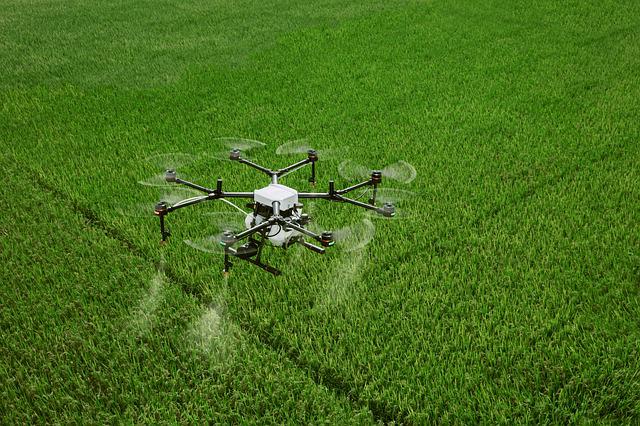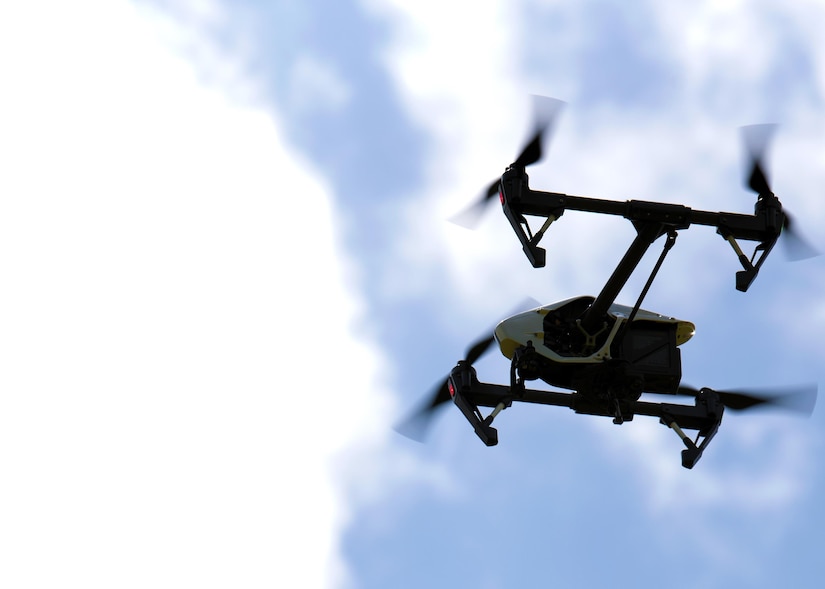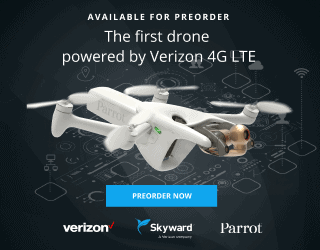
Before buying an FPV motor, it is important to take into account several factors. These include durability, KV, pole configuration, and pole configuration. Let's take a look. Which motor is right for you? These are the factors we will discuss and create a comparison table to help you find the best motor. And don't forget to read our buying guide if you need some more advice! You don't have to worry about it, we will only discuss the most important aspects!
FPV motors
When buying FPV motors for your quadcopter, you want to make sure that you choose a high-quality brand that is known for reliability. T-Motor FPV motors are among the most powerful and fast available. These motors were tuned by professional pilots all over the world to provide maximum performance, high response times, and long-lasting service life. The motor's patented hollow steel shaft, German bearings and rubber damping increase their speed and durability.
Pole configuration
The distance between adjacent magnetic elements in the rotor will be determined by how many poles are present. The stator's iron content will be higher with less poles, which means it will have more power. A larger number of magnets means that the magnetic field is more evenly distributed, which results in smoother motor running and greater control over bell spin. The table below outlines the advantages of each magnet configuration. This chart is based on the same physical dimensions as a two-pole motor, but has more poles.

KV
The size and weight of your quadcopter and propeller will affect the KV motor that is best for you FPV quadcopter. The motor will require more horsepower if the propeller is larger than the motor. This can increase the motor's moment of inertia, and the higher the torque, the more difficult it will be to adjust the rotation speed and generate thrust. Instead of trying to match size and weight, think about KV and size.
Durability
The quality of the motor's materials and construction are important factors to consider when purchasing an FPV. Motors of high quality should have 0.1mm thick stator laminations and strong N52 magnets. They also need a steel/titanium drive shaft. The better quality motors are more expensive. Also, take into account the thickness of laminations on the shaft. Motors with thinner laminations will be less expensive but will not last as long.
Cost
A FPV drone needs a high-quality, durable brushless motor to fly at top performance. When choosing a motor, the most important factor to consider is its thrust. A motor that can hover mid-air on half throttle must produce at least 50% more thrust than a standard multirotor. This parameter is important for your drone because the greater the thrust, the less likely it is to crash during windy conditions or during flight maneuvers.

FAQ
What is the difference between a quadcopter and a hexacopter?
A quadcopter, a four-rotor helicopter, flies just like a helicopter. The quadcopter has four independent rotors. The hexacopter can be described as a quadcopter but has six rotors, instead of the usual four. Hexacopters are stabler and more maneuverable than quadcopters.
Do I need any special training to fly drones?
No, you don't need special training to fly your drone. A remote control unit is all you need. You also need to have some basic knowledge of flight mechanics.
Where are Drones Banned?
The FAA has prohibited drones from flying close to airports or stadiums, sporting events and nuclear power plants. However, they do allow them to fly at night using GPS technology.
Where can a drone be purchased?
You can buy many types of drones online. Some people prefer to buy drones online via Amazon, eBay and Walmart. Others prefer to purchase drones directly through the manufacturers.
How can I keep drones from my home?
Drones are increasingly popular for home surveillance. However, they pose a threat to privacy and security. Install motion sensors on your property to detect any unapproved flying objects. This will help you avoid being attacked by drones.
Statistics
- Research and Markets predict a growth rate of 51.1% over the next five years. (thedroneu.com)
- According to Indeed, a drone pilot gets paid $25.73 per hour on average in the US. (dronesgator.com)
- According to the multiple listing service (MLS), houses and apartments with drone photographs are up to 68 percent more likely to sell than those without pictures. (thedroneu.com)
External Links
How To
How to Fly Drones with Beginners
A drone can be used to fly remotely controlled aircraft for photography, surveillance, scientific research, hobby and commercial purposes. Drones have been in use since World War II. DJI introduced their Phantom series of quadcopters in 2010, but commercial use only began in 2010. Many types of drones have been made available since then, from beginner-friendly models such as the Parrot AR Drone 2.0, to high-end multi-rotor craft such as the DJI Mavic Pro.
There are many methods to fly a Drone, including
-
Remote control – This technique uses a control device attached directly to your hands that allows you steer the drone around its flight path. There are two main types for controllers: Joysticks or On/Off switches, which can be used to control the drone's flight path.
-
Manual Control - Using a smartphone app, this method allows users to remotely operate the drone via GPS coordinates. The app will provide instructions and help you to locate the drone.
-
Autonomous flight - The drone takes over the piloting duties. The drone is able to fly autonomously, without the need for human intervention. For the autonomous flight to occur, the drone must have a built-in camera and sensors capable of capturing images and data.
-
Triggered Flying - This method works in the same way as manual control. However, the pilot has to manually set up a route for the drone and it follows that route until reaching the endpoint. The drone automatically lands once the route has been completed and returns to the base.
-
Landing Gear- Some drones include landing gear that allows for safe landing if the power goes out or they run out of batteries.
-
Goggles-Some pilots use goggles to protect their eyes from debris during operations.
-
Camera – Some drones have cameras, which allow you to take photos or videos from up high.
-
Obstacles – Some drones have obstacle avoidance systems that stop them from colliding with obstacles.
-
Speed - Some drones can travel at speeds over 40 mph.
-
Battery Life: Most drones have a battery life of between 20 and 30 minutes depending on how many power sources you use.
-
Some drones are capable of traveling up to 30 miles depending upon their make and model.
-
Power source - Some drones require an external power source; others work off internal batteries.
-
Weight – Some drones are less than one pound, while other models can be up to four pounds.
-
Size - Drones can range in size from tiny devices that can fit in your palm to heavy crafts that weigh 50 pounds.
-
Price - From high-end models that cost thousands of dollars to low-cost options that start at $100, all drones fall under a certain price category.